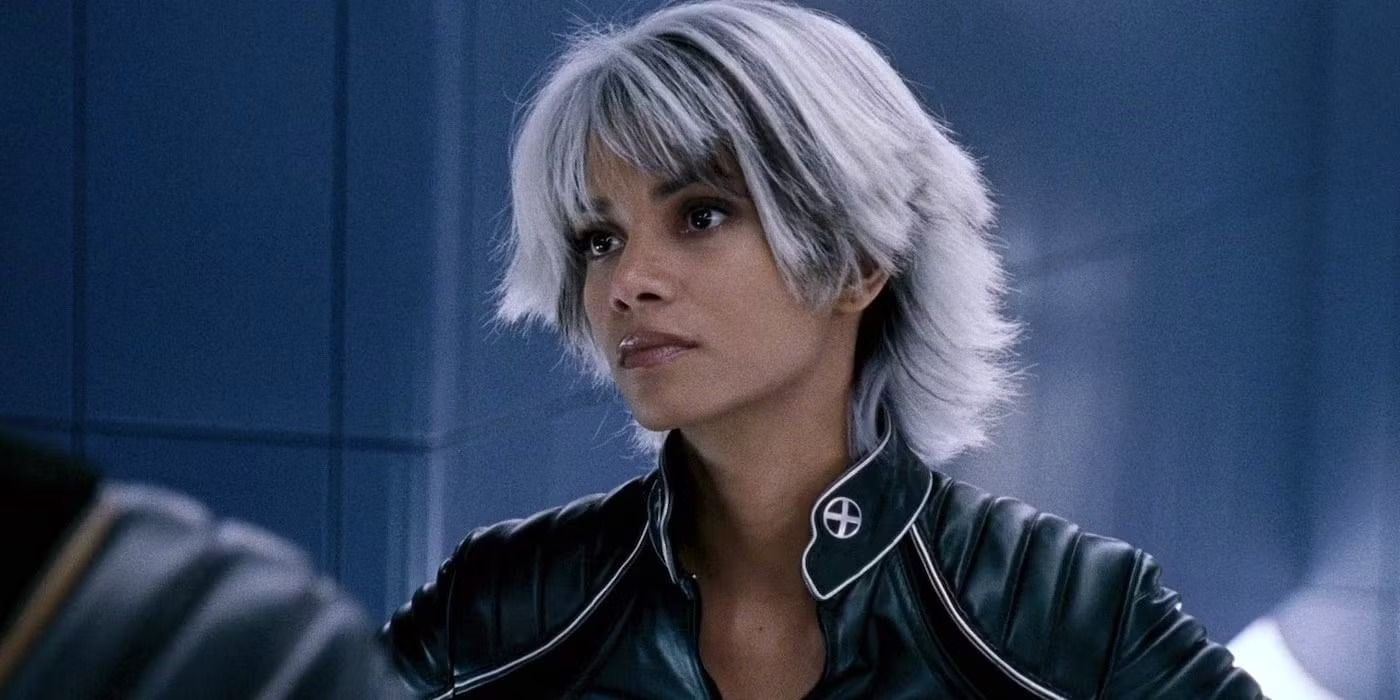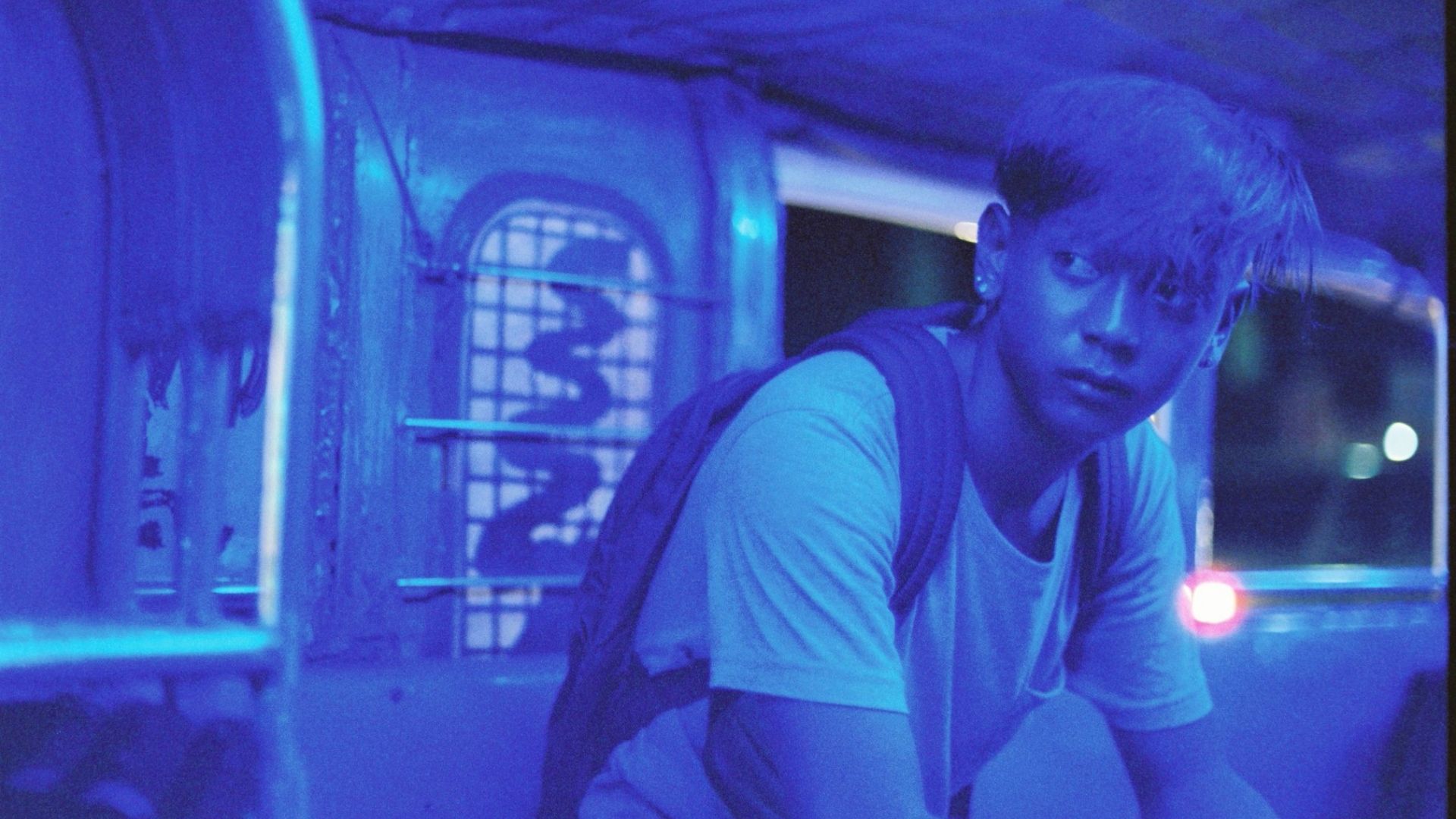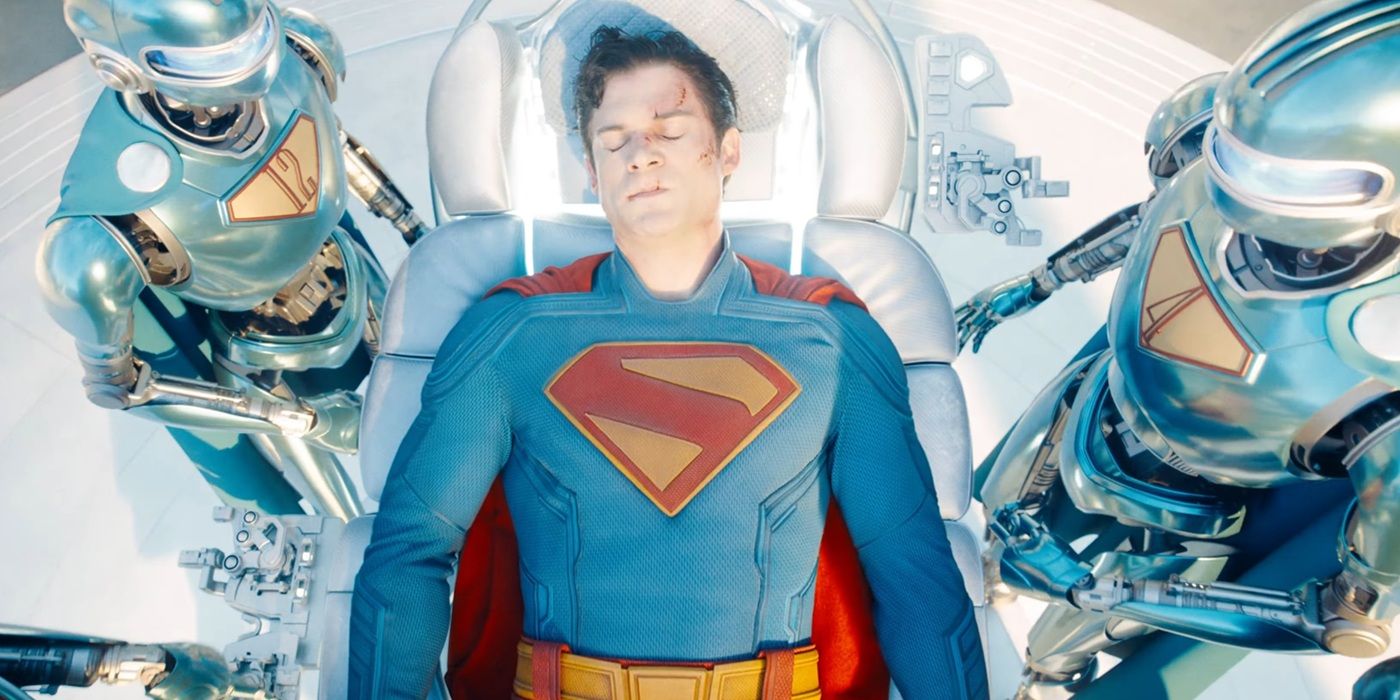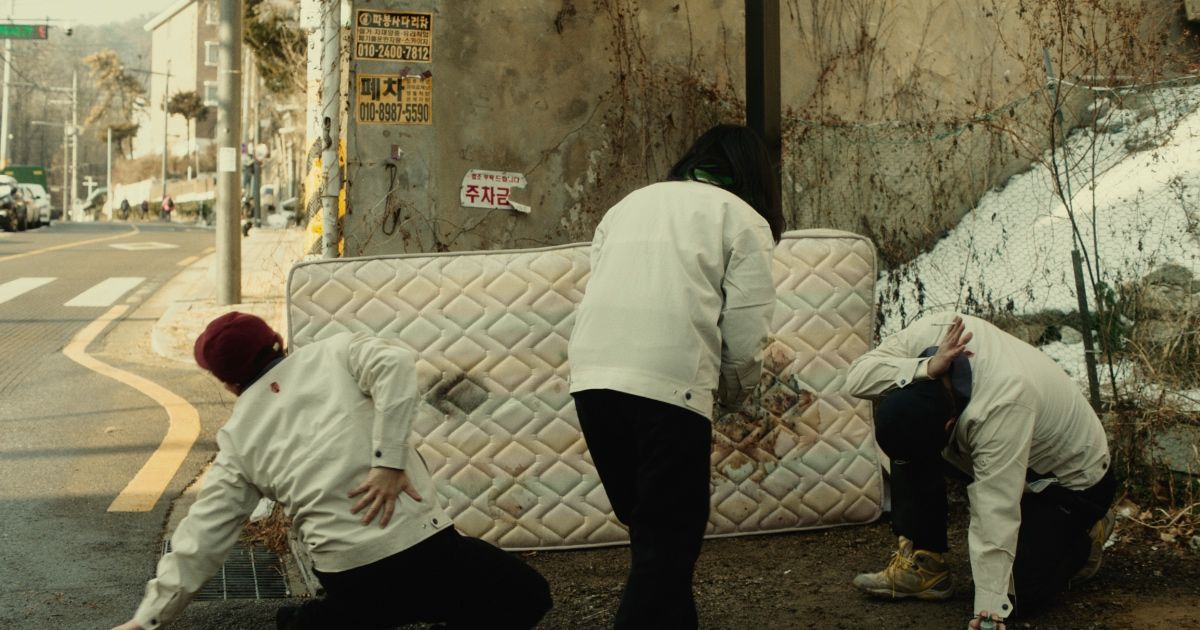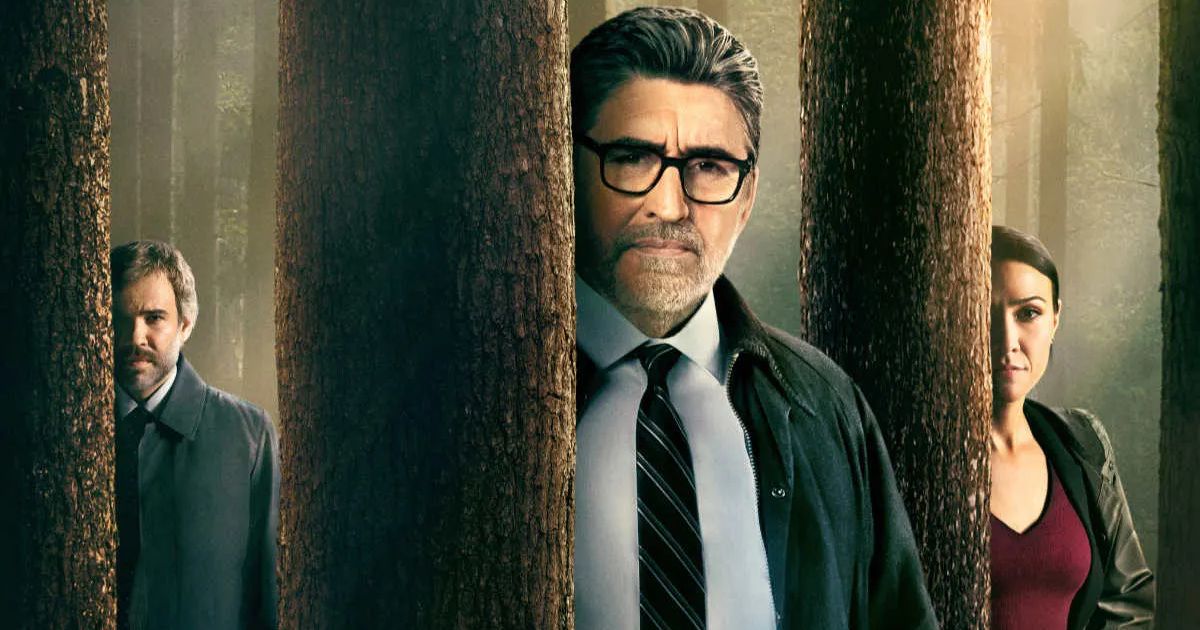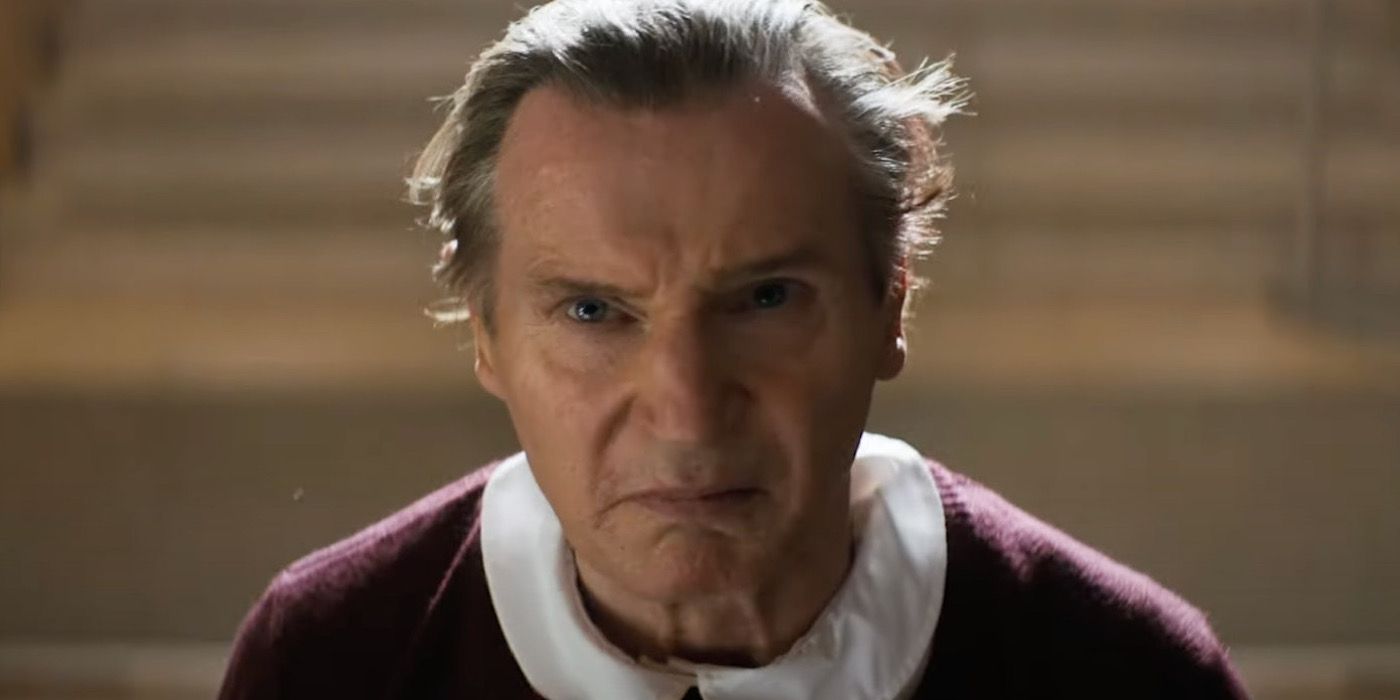Korean cinema and dramas have been having their moment on the global stage for the past few years, with the acceleration of consuming Korean content happening with the historic win of Parasite at the Academy Awards. While this has proven yet again that international cinema should be highly considered for Western-backed institutions and competitions, this means that audiences are having more choices and chances than ever to get to see these kinds of movies, especially as streaming platforms invest more into international movies and television.
Korean horror movies have been on the fringe of discussions about what Korean movies can and cannot do, but with young directors like Park Syeyoung, whose directorial debut The Fifth Thoracic Vertebra is about to be released for streaming, there’s definitely more room for discussion about the role of horror, monsters, and what we perceive to be scary. In a film where the fungi in a mattress grows to attack people who come into contact with it, many of whom are lonely and struggling with their own lives, ripping parts of their vertebra out. A poetic piece that offers so much more than what’s on the surface level, this kind of horror, implementing aspects of body horror, The Fifth Thoracic Vertebra makes for a provocative piece of work.
A Killer Fungi Homegrown on a Mattress
The Fifth Thoracic Vertebra opens with a placard declaring that fungi, under most circumstances, have a short life span. There’s a caveat to this declaration, though, as the final sentence admits there are always outliers to the data pool. The scene switches: the year is 2000, and there are 538 days before the birth of what’s to come later on in the movie. A young woman is moving in the middle of winter, and the movers, angry that no one is there to meet them, curse her out on the phone. She tells them her boyfriend was supposed to be there, and that she will meet them there soon, but when she sprints around the corner, they have left her mattress and belongings out in the snow.
Forced to bring her abandoned and uncovered mattress inside by herself, the boyfriend is revealed to be snoozing on the wood floor. Between their chatter about whether she was able to present (she was not) in her class, we learn that many porpoises were found dead in the Han River, only parts of them left scattered among the riverbed along with the secrets people threw into the river. Time passes, and the couple, who seemed doomed from the start, break up. The girl leaves behind the mattress with her ex-boyfriend, and, with only 100 days until the birth, he notices spots of fungi growing on the mattress.
And although some people might find themselves concerned with mold and fungi growing on their mattresses, the ex-boyfriend sees this as a problem that can be solved with simply flipping the mattress over. Within a montage of the mattress and the surrounding movement, the months pass, the time until birth ticking down until the timer finally reaches zero. The ex-boyfriend wakes up on this day whimpering, the camera honed in on a hole right along his fifth vertebra. In this film, the birth of the creature is quiet and hazy, and it seems like, for approximately 30 seconds, the problem might be contained.
Of course, the movie doesn’t end there. When the mattress is tossed out 12 days later, some workers sitting around, smoking, and chatting lean against it and suddenly feel a pain along their spine. Over the course of the movie, the mattress feeds on the despair and angers of others, and while it’s accidentally picked up and moved to other locations, like a love motel, it finds new victims who would never suspect a moldy mattress might be the source of their newest problems. It’s important to note that each of the victims is dealing with a various set of issues in their personal and private lives, and the man-eating mattress is the cherry on top of the cake.
Related: Are South Korean Horror Movies Better Than American Horror Movies?
Well-Defined Aesthetics and Scenes
Although this is the directorial debut of Park Syeyoung, there is clearly a defined sense of self in the movie. One of the more prominent decisions is about how to depict the sense of decay and rotting not only within the mattress, but the characters themselves. The creature living inside the mattress essentially is a reflection of each human’s suffering, finding itself in situations where it preys on those who are down on their luck and already willing to give up in some ways. Whether it’s a dying woman or a couple breaking up, the creature lays witness, although it may end the scene in a series of disturbing noises and references to the rupturing of the vertebrae as it chews through.
Outside the scenes with the fungi creature, there are some stunning moments reminiscent of some of the older contemporary masters of Asian cinema, like Wong Kar-wai and the Taiwanese New Wave directors. Through time-lapse, the camera watches, the countdown on the upper portion of the screen, as the first couple’s apartment goes through a state of disarray after the girlfriend breaks up with her boyfriend. He doesn’t have much to live for by the time the fungi gets to his spine, and the abstract, muted colors that the movie swears by for the rest of the film adds to this dreamlike ambiance of just getting by and barely living only for the next moment.
That said, the elements of horror throughout the movie can be described as muted. There are scenes implying that there are more than just this singular fungi parasite out in the world, and the sound design combined with the visuals makes it seem like a snake that just really likes vertebrae. Perhaps in life some of the biggest monsters one can encounter are the reflections of reality looking us back in the eye, although the periodical characteristics of body horror throughout the movie remind us that this little fungi has a very real and nasty bite to it.
Related: Must-Watch Korean Horror Movies
An Incredible Amount of Untouched Potential
If there’s one characteristic to note about The Fifth Thoracic Vertebra, it’s that the film has massive potential to be something more than what it actually is. The movie starts off on a quiet note and builds that tension — it doesn’t try to hide what is coming throughout the runtime, and by focusing on a couple of people who fall prey to the mattress fungi’s antics, the narrative does not overextend itself. The characters lack expositional distinction in the way that we don’t know who they really are outside this moment where they are wallowing in their sadness and grief, but it suits this movie well.
The Fifth Thoracic Vertebra is barely an hour long, but it packs quite a few themes into that brief running time. Fungi, an organism born out of the death of something, serves as a brilliant allegory for how trauma, bad relationships, and suffering can feed off and drain us, yet without the contact of a human being, it, too, would simply fade away into obscurity. There wouldn’t be a movie if it did that, so there’s a cyclical nature to everything going on here.
This is further expanded upon by introducing many different characters in the movie through their vignettes — they are tied together by their interactions with the fungi. Each has their own problems before they come into contact with this random mold-filled mattress, and while we don’t get to sit with them long, we come to understand that they’ve been through a lot in their lives. It might be recent grief or something they’ve come to deal with for an extensive amount of time now, but there’s something surprisingly beautiful in a movie like this. It’s unexpected, but the beauty in horror is definitely present, and in some scenes, the dialogue comes across almost like poetry.
It’s certainly not a traditional horror movie, and there’s an arguably longer and better version of this in the director’s mind, but The Fifth Thoracic Vertebra establishes Park as a filmmaker to keep an eye on in the future. This may not be the perfect directorial debut, but it certainly is a remarkable one. It’s no wonder an indie movie like this charmed audiences at the Fantasia Film Festival.
The Fifth Thoracic Vertebra is out on October 20, 2023, where it will make its premiere on Indiepix Unlimited and Virtual Cinema.
You can view the original article HERE.

